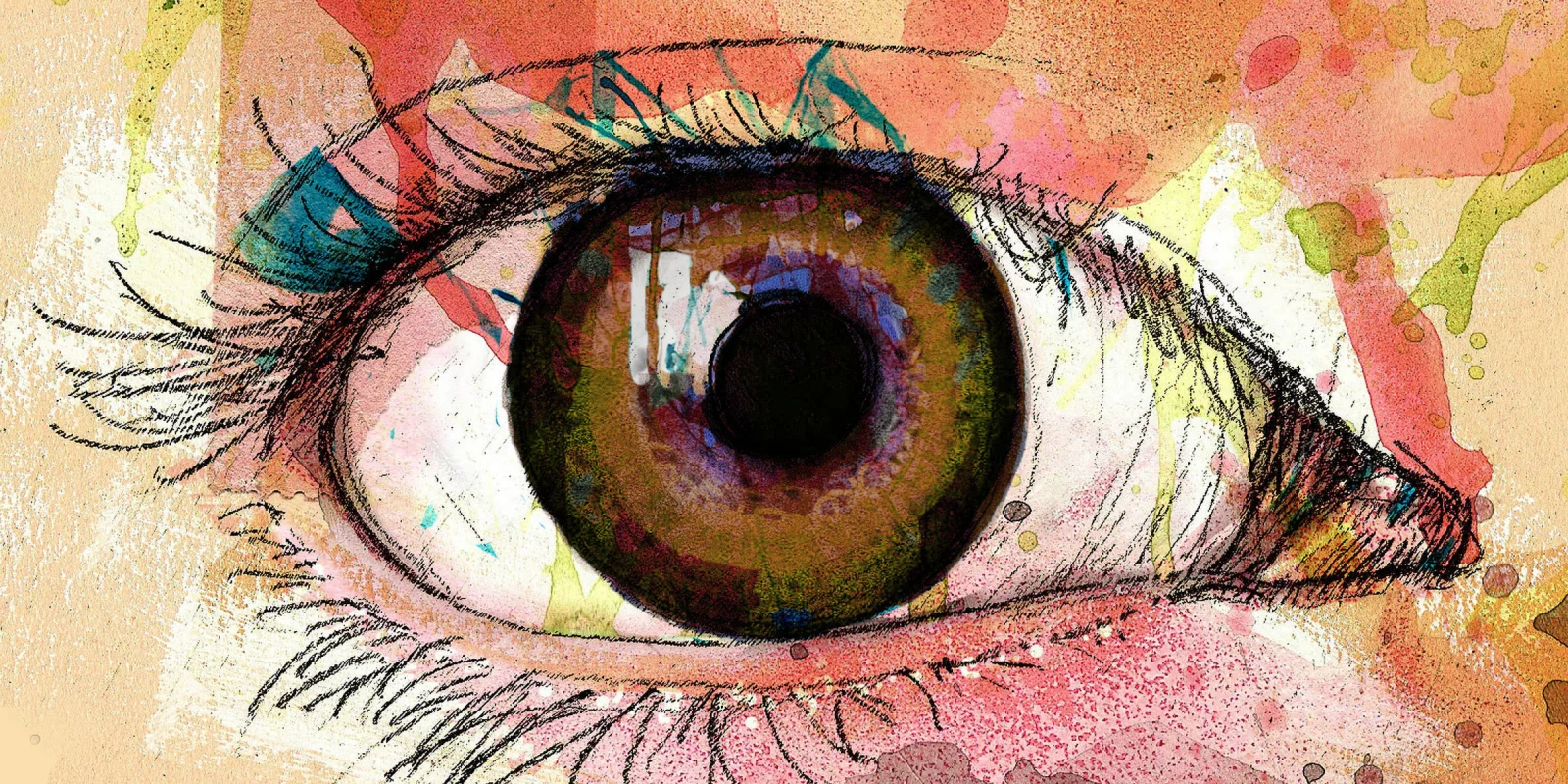When the AAO organizers were planning the 2020 AAO meeting, the tragedy that would befall the year could not have been contemplated. An immense amount of behind-the-scenes effort in planning the venue, negotiating accommodation, and organizing guest and invited speakers was lost to a “new normal” of social distancing and seclusion.
In a year full of canceled conferences, canceled holidays, and canceled weddings, it was refreshing that the organizers were able to convert the meeting to a virtual meeting, and utilize technology as well as some ingenuity and lateral thinking to still have some entertainment, as well as combine it with multiple fact-filled and engaging sessions.
One of the many advantages about a virtual meeting is the ability to watch all the sessions over multiple months as ongoing medical education, spacing out the education, and being able to watch sessions that were otherwise simultaneously happening at 2 a.m. on a Saturday night.
As a neurology-trained neuro-ophthalmology fellow, my exposure to many areas of ophthalmology has been limited. I was concerned that it would be only the neuro-ophthalmology sessions that would be pitched at a level that I was able to understand, but was pleasantly surprised on watching some of the other sessions that they were able to simultaneously be pitched to both a novice level (me) as well as still engage highly respected and experienced subspecialty ophthalmologists. And whilst I was still slightly disappointed that the 2019 AAO meeting was the one that had a full neuro-ophthalmology subspecialty day, I enjoyed watching multiple other non-neuro-ophthalmology sessions too.
Neuro-ophthalmology certainly wasn’t forgotten at the 2020 meeting, with multiple interactive sessions over the three-day conference answering all the questions I didn’t realize I should have had, and multiple questions I’d often pondered, as well as reinforcing some common themes that have arisen during my fellowship thus far.
Dr Biousse’s continuous repetition of the phrase “Don’t forget the orbit” across multiple talks has been a common chant that should possibly be printed onto a business card for EDs as a reminder that when patients come in with eye pathologies, especially optic neuropathy or cranial nerve palsy, the orbital MRI with specific sequences (fat saturation, thin slices, contrast enhanced) is required as a baseline imaging study, otherwise numerous pathologies may be missed. A more in-depth discussion in one of the AAO sessions on exactly how many slices of the orbit are adequate to call an imaging study adequate was also reassuringly nonspecific and serves as a reminder that not every question has a correct answer.
“A practical approach to neuro ophthalmic problems: when to treat and when to refer” delivered as promised with six rapid fire case presentations on common neuro-ophthalmic presentations, with appropriately timed gaps to allow the audience to contemplate how they would approach such a patient before being provided with a more detailed perspective and approach.
And like every good 2020 meeting, discussions about COVID-19 were always present. Specifically in neuro-ophthalmology was the concept that perhaps patients presenting with steroid-requiring neuro-ophthalmic pathologies might benefit more from dexamethasone than prednisone or methylprednisolone. This remains obviously controversial and without robust evidence. Whilst COVID-19 hasn’t been around long enough to have rigorous evidence to support these claims, it is always impressive how much we have been able to learn from primarily high volume clinical practice alone.
Overall, whilst my first AAO meeting wasn’t quite what I’d expected it to be when I imagined it 12 months ago, I appreciate the additional efforts the organizers went to to make it engaging and interactive despite time zones, and it’s virtuality. I look forward to hours more education over the next few months, and hope that AAO 2021 still utilizes the best of the AAO 2020 virtual meeting, but hopefully it will be safe to have an in-person meeting by that time.
Click here to read an "old" ophthalmologist's take on this year's AAO meeting.






